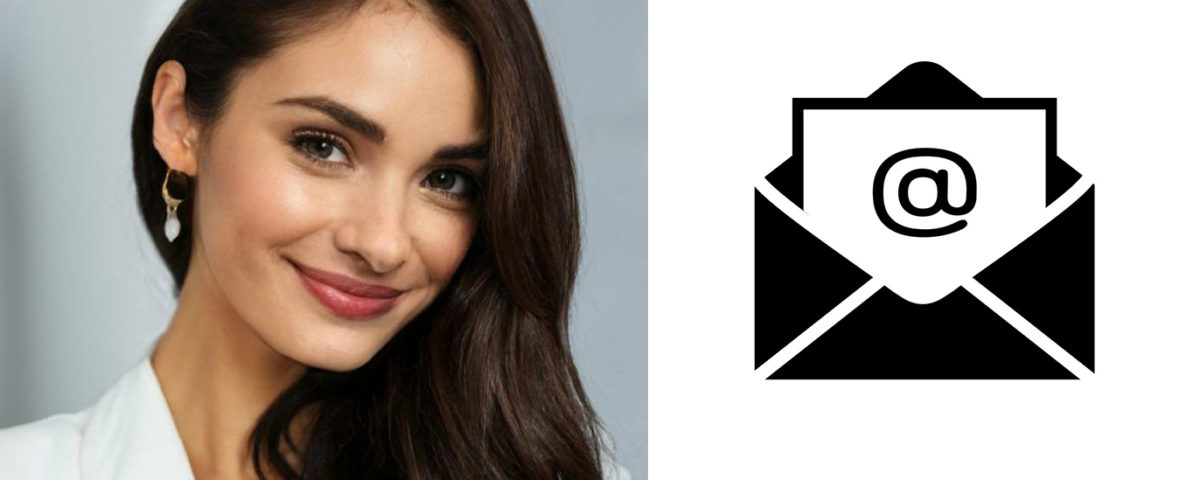How to Use Virtual Events to Boost Donations to Your Nonprofit
March 3, 2022
Greater Boston Food Bank Celebrates National Nutrition Month
March 3, 2022Shannon Flynn’s Email Marketing – Nonprofit Best Practices

Shannon Flynn’s Email Marketing – 8 Best Practices for Nonprofit is one expert’s take on how nonprofits can maximize donor engagement using email. Here’s what Flynn has to share:
Sending out marketing emails is part of promoting your nonprofit. Getting the wording right means the difference between success and failure, whether you send a lineup of the latest events to your regular supporters or you use your mailing list to convert leads. Digital marketing may be one of the most important things you ever do for the growth of your not-for-profit.
ACTIVECAMPAIGN – AMERICA’S #1 NONPROFIT EMAIL BROADCASTING PROVIDER
Shannon Flynn’s Email Marketing For Nonprofits
About 78% of marketers reported increases in annual email engagement in a recent State of Email Marketing report by HubSpot. Since the pandemic, more people have conducted business and shopped online, making digital measures more crucial than ever. Keep users engaged with the best nonprofit email marketing you can create.
How can you know you’re sending out the best emails possible? You want to make an excellent impression and remain consistent, so it’s a good idea to set a few best practices in place. Here are some of our favorite tips.
1. Set a Schedule
If you had a friend you didn’t hear from for two years and they suddenly asked for money, you wouldn’t be likely to give it to them. Don’t ignore your mailing list until you do a fundraiser. People may be offended, less engaged, and less likely to donate.
Send out updates on how past donations are being used. Share anything exciting or new with your mailing list. Set a schedule of how frequently you wish to send out notes and keep to it, planning ahead when possible.
2. Automate Responses
You may not have time to respond to every message as your organization grows. If someone registers for your mailing list, send a series of auto-responses to let them know about your nonprofit and how they can get involved.
About 13% of lapsed memberships occur because someone forgets to renew. Send out an automated reminder to let them know it’s time to re-up their membership.
3. Watch Out for Spam Triggers
Some words and actions may send your emails straight to spam. You can’t engage your audience if they don’t see your messages. A few things that cause trouble are directly embedding attachments and forms, using a free email address and choosing direct calls for your subject lines.
Ask your regular donors to safelist your emails so they never miss an important announcement. You should also make it easy to opt-out. You don’t want people on your list who don’t want to be there. If they no longer wish to support your organization, reduce the clutter on your list and let them unsubscribe.
4. Segment Your Audience
It’s beneficial to make your emails sound more personal, no matter what type of organization you run. One way to accomplish a certain level of personalization is by segmenting your audience.
Know what different groups of supporters care most about. Some may completely embrace your cause, while others have affected family members. Divide them into segments and send out emails tapping into their emotions.
What drives them to want to volunteer time or donate money? Once you better understand your supporters, you can speak to them in terms that resonate with them.
You can even segment based on donation amount, where they interact and how much they share on social media.
5. Include Your Name
People that don’t open your emails should still know who it’s from and what action they should take. About one-third of people say they’ve visited a website simply from reading the subject line, and if they have Gmail, this allows them to read part of the email in their inbox without opening their messages.
Make sure you identify yourself immediately and are clear about your reason for making contact. The more people know the purpose of your communication, the more likely they’ll take the action you’d like.
6. Get Users Involved
User-generated content helps you keep your emails on target and gives you content to share. Think about the stories of those you’ve helped. Perhaps a volunteer had an interesting experience. Have you teamed up with a local business for even more donations? Let the business owner explain why they chose your charity to work with.
Ask those who follow you to share information on social media. Start a photo campaign with a hashtag to create some buzz. Sometimes all you have to do is ask for help. People are happy to spread the word if they know that’s what you need.
7. Send Messages at the Right Time
Pay attention to your user analytics, if you can. When do people open your emails? Sending out a message on the right day and time makes a big difference in your open rates. If you don’t use analytics, generally, the best times to send emails are during weekdays (specifically Tuesdays), before noon. Schedule and send them when people are already online checking their emails.
Another great time to send emails is during the last week of the year. Year-end giving, as organizations know, accounts for a large portion of donations – 12% to be exact. This is when you can push one last time to meet or exceed your donation goals for the year.
You’ll also notice some people open your messages on mobile versus desktop. Make sure you create emails that look good on all platforms and are responsive to different screen sizes.
8. Stick to the Point
Choose a single goal for each email and stick to the point. Don’t try to include every fundraiser or accomplishment you’ve ever had in a single email. Keep messages simple and uncluttered. Limit yourself to a single CTA that moves the user toward the action you want them to take.
Rambling emails aren’t helpful to anyone, so make sure you have a reason for every message you send!
ACTIVECAMPAIGN – AMERICA’S #1 NONPROFIT EMAIL BROADCASTING PROVIDER
Charities Should Tweak Email Efforts for Best Results
Tweak and refine your messages as you get results back on different nonprofit email marketing campaign efforts. Over time, you’ll have more conversions and more shares than you ever thought possible.
 Shannon Flynn is the Managing Editor at ReHack Magazine and a staff writer for MUO, LifeHacker, Lifewire and Venture Beat. Her articles on MakeUseOf have earned a total of 18.7K views last month alone!
Shannon Flynn is the Managing Editor at ReHack Magazine and a staff writer for MUO, LifeHacker, Lifewire and Venture Beat. Her articles on MakeUseOf have earned a total of 18.7K views last month alone!
Shannon Flynn’s Email Marketing – 8 Best Practices For Nonprofits was first posted at INSIDE CHARITY
For more articles like Shannon Flynn’s Email Marketing – 8 Best Practices For Nonprofits VISIT HERE
